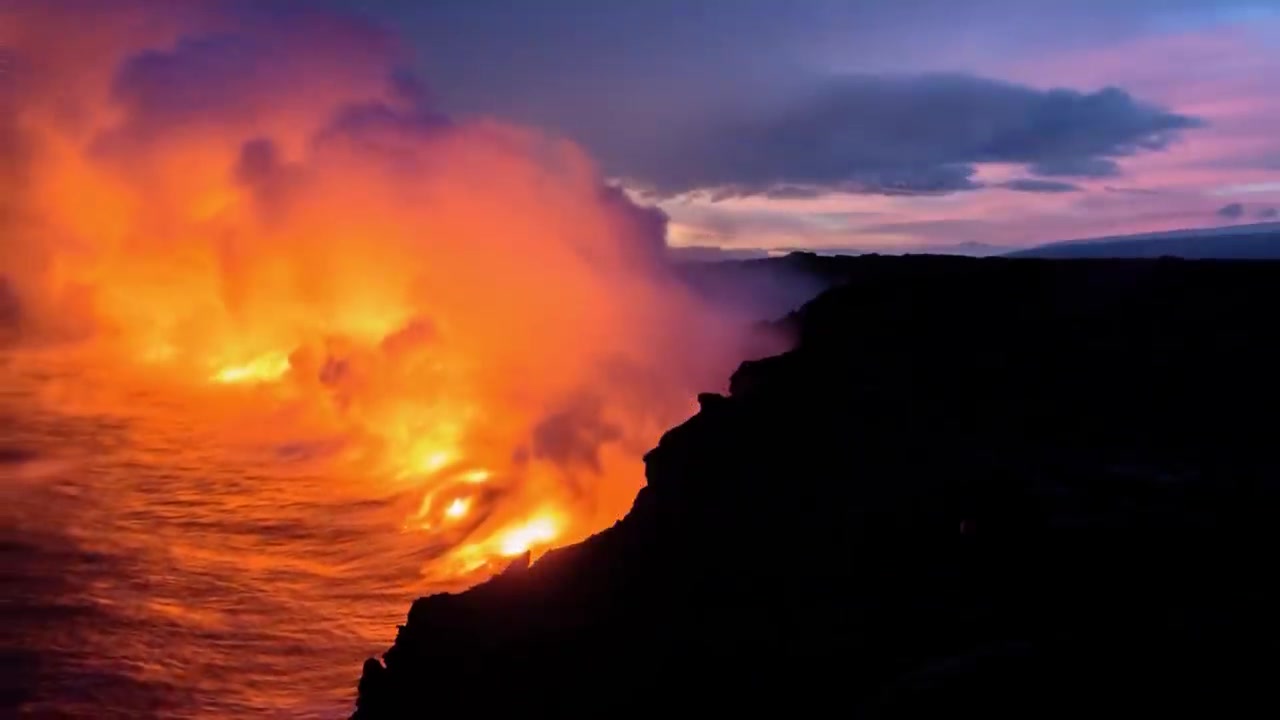


Once you spot one, you're sure to spend many a sleepless night wondering just who or what cleared that perfectly oval-shaped hole smack-dab in the middle of an entire cloud. Hole punch clouds may be one of the least odd named on this list, but they're nonetheless vexing. Elmo's Fire, this light is blue because of the combination of nitrogen and oxygen in our air. When this discharge happens, air molecules essentially tear apart, and as a result, emit light. When this difference in charge between air and a charged object gets large enough, the charged object will discharge its electrical energy. It occurs when a thunderstorm creates an electrically charged atmosphere and air's electrons group together creating an imbalance in electrical charge (ionization). It's actually what's called a corona discharge. Elmo's fire is likened to lightning and fire, yet it isn't either. Elmo's Fire has an eerie, almost ghost-like appearance. Imagine looking outside during a thunderstorm to see a bluish-white orb of light appear out of nowhere and "sit" at the end of tall, pointed structures (such as lightning rods, building spires, ship masts, and airplane wings) St. Once a balloon travels high enough up in the sky, its inside pressure becomes greater than that of the surrounding air and it bursts (this typically happens at altitudes exceeding 100,000 feet), scattering debris on the ground below. In an attempt to make this debris less mysterious, NOAA now labels its balloons with the words "Harmless Weather Instrument."ġ886 drawing of St. Weather balloons aren't just mistaken for questionable aircraft while in flight, but also when on the ground.

Balloons travel from Earth's surface up to a height of about 20 miles collecting weather data (like air pressure, temperature, humidity, and wind) in the middle and upper portions of the atmosphere and relaying this information back to weather forecasters on the ground to be used as upper-air data. In all fairness, weather balloons are high-altitude, spherically-shaped objects that appear shiny when lit by the sun - a description that fits that of unidentified flying objects - except that weather balloons couldn't be more routine. NOAA's National Weather Service launches them everyday, twice daily. Thanks largely to the 1947 Roswell incident, they've become objects of UFO sighting claims and cover-ups. Weather balloons are infamous in popular culture, but unfortunately not for their weather monitoring purposes.


 0 kommentar(er)
0 kommentar(er)
